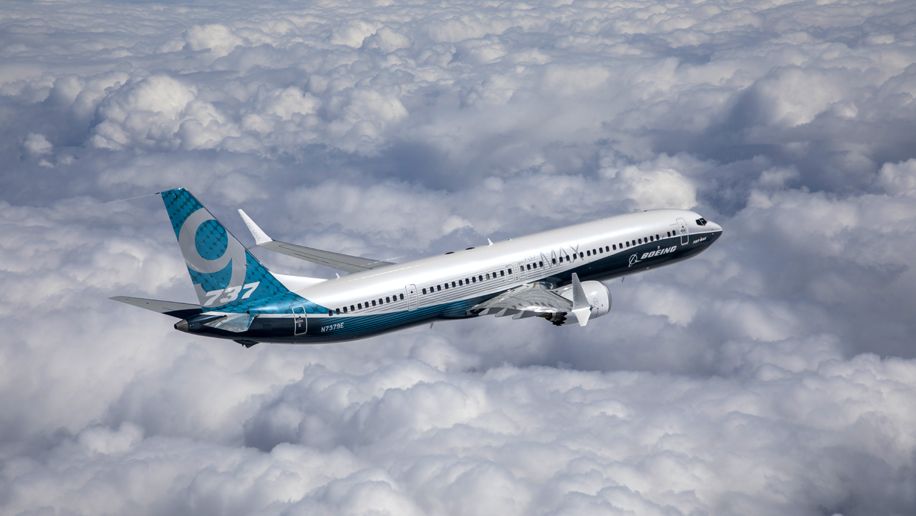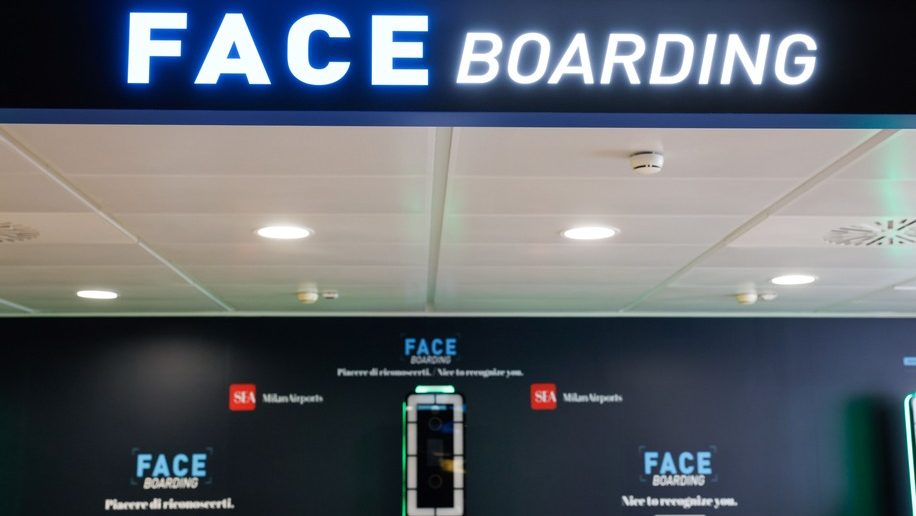The European Union Aviation Safety Agency (EASA) has issued a statement regarding the grounding of selected Boeing 737 MAX 9 aircraft. after an incident on an Alaska Airlines flight on Friday.
The plane suffered an explosion of part of its fuselage during a flight between Portland, Oregon and Ontario, California, and was forced to make an emergency landing at the Portland airport.
The US Federal Aviation Administration (FAA) subsequently issued an Emergency Airworthiness Directive requiring the grounding of 171 Boeing 737 MAX 9 aircraft operating with the so-called “plug-in panel” for mid-cabin egress. .
Most of the grounded aircraft are operated by Alaska Airlines and United Airlines, and EASA said it had adopted the FAA’s Emergency Airworthiness Directive “despite the fact that, to the Agency’s knowledge and also based on statements from the FAA and Boeing, no airline in an EASA Member State currently operates an aircraft in the relevant configuration.”
The agency said that “this configuration is typically adopted by airlines conducting lower density operations (with lower passenger capacity) where this additional departure is not required to meet evacuation safety requirements,” adding that “737 aircraft -9 operating in Europe do not have this configuration and therefore are not grounded by the EAD and can continue to operate normally.
According to the FAA, the Emergency Airworthiness Directive requires operators to inspect affected aircraft before continuing flight, and these inspections are expected to take between four and eight hours per aircraft.
Boeing’s 737 MAX family of aircraft has had a checkered past, with All MAX planes worldwide have been grounded for almost two years. after two fatal accidents in which 346 people died.
easa.europa.eu, faa.gov












